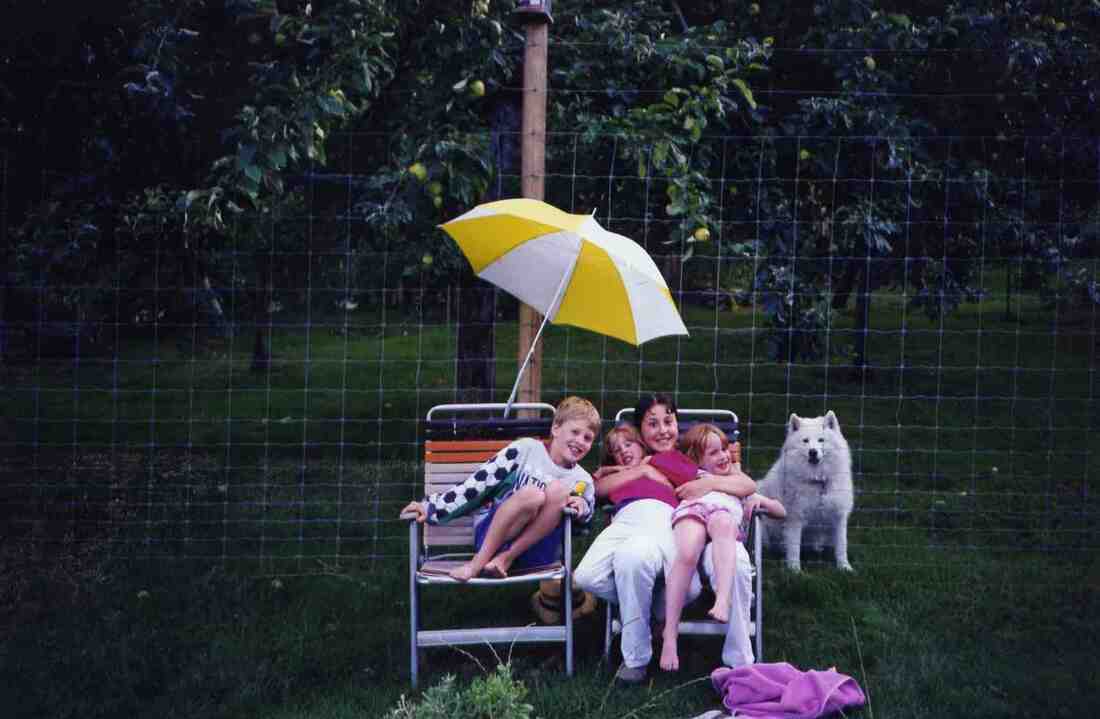When I married the pianist years ago she made gravy like her mother did. The pianist's mother was a careful cook who followed a recipe exactly and was vigilant to avoid ingredients that could lead to obesity or heart disease. Her turkey gravy method was to spoon off virtually all of the fat and add pre-mixed flour and water to the turkey brownings, boiled vigorously. The water she used was carefully saved from earlier boiled vegetables with added seasoning. She was clearly ahead of her time.
My mother on the other hand, to my knowledge never followed a recipe. Her construction of the gravy consisted of adding the dry flour directly to the drippings and the browning without removing any fat. She would stir and scrape this molten mass into a brown , boggy , glob, whereupon she added plain water, stirred more vigorously, boiling to reduce. She only seasoned with pepper and salt. Of course the flavour of the gravy was from the dressing as well as the turkey and I am not sure what they both added to it.
Now the pianist is well known for her gravy by the family and has adopted the excellence of both her mentors, She gets rid of a measure of the fat but adds dry flour directly. An amalgam of history. For this we can give, each year, a hearty thanksgiving.

 RSS Feed
RSS Feed